Greenhouse farming is a rapidly growing industry across Denmark. With its unique combination of natural resources and innovative technology, greenhouse farming in Denmark can provide an abundance of fresh, nutritious, and sustainable product that is both cost-efficient and environmentally friendly. Denmark is one of the world’s leading producers of greenhouse-grown crops, and the country’s climate and geography are well-suited to this type of agriculture.
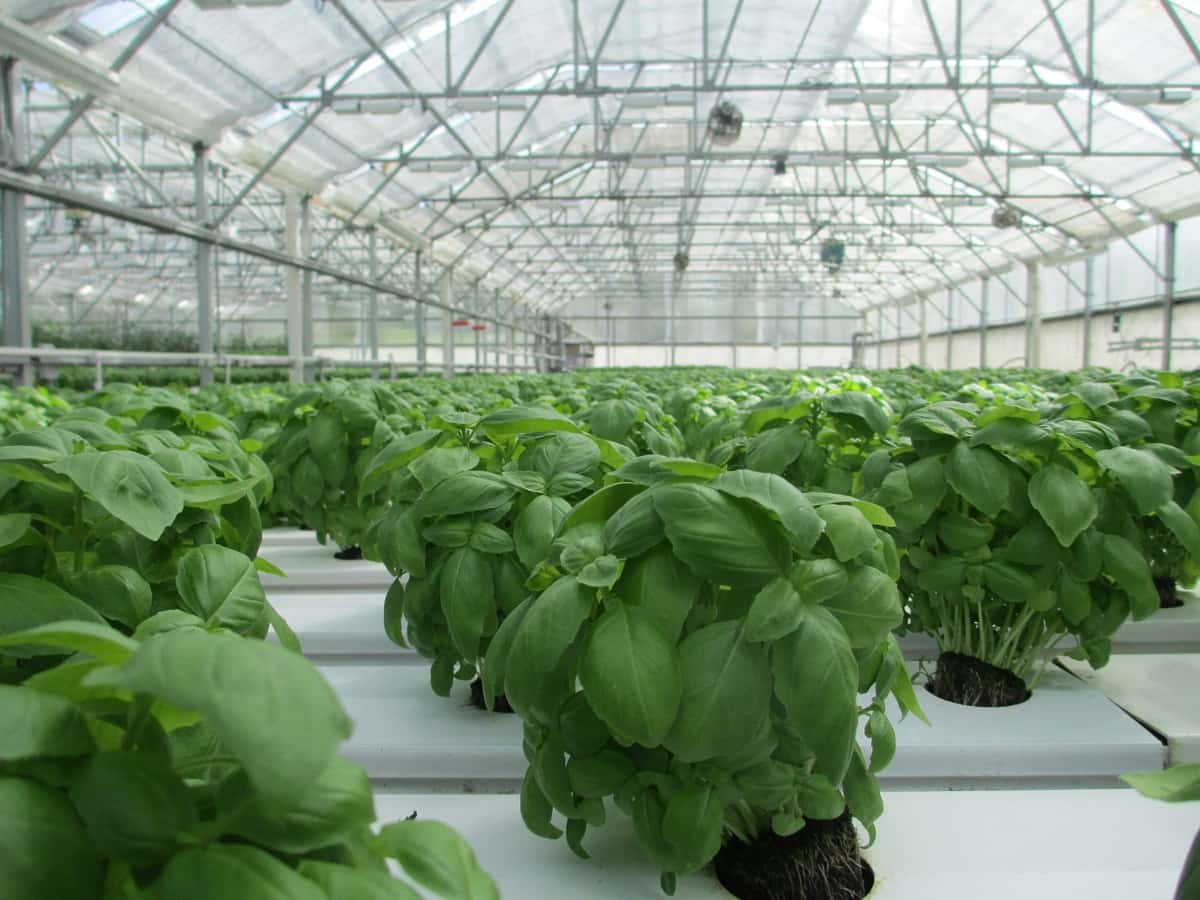
How to start greenhouse farming in Denmark
What is Greenhouse farming?
Greenhouse farming is a type of agriculture where crops are grown in a controlled environment. Greenhouses are typically made from glass or plastic and have special ventilation and temperature control systems. This type of farming allows for year-round plant cultivation, which is impossible with traditional outdoor farming methods. Greenhouse farming has become increasingly popular in recent years, as it offers many benefits over traditional farming methods.
For example, greenhouse farmers can control the environment in which their crops are grown, meaning they can optimize plant growth conditions. This results in higher yields and healthier plants. Additionally, because greenhouses protect crops from bad weather conditions, farmers can grow crops in areas with traditionally poor growing conditions.
Greenhouse farming importance in Denmark
- It allows farmers to grow crops year-round, which is essential in a country with a long, cold winter. It helps conserve water and energy, which are essential resources in Denmark. It allows farmers to control the environment in which their crops are grown, which can help ensure higher-quality produce.
- Greenhouse farming can help to reduce Denmark’s carbon footprint by sequestering carbon dioxide from the atmosphere. Fifth, it can provide employment and economic opportunities for Danish citizens. Finally, it can help to improve food security in Denmark by providing a stable source of fresh fruits and vegetables.
- Greenhouse farming in Denmark is a type of agriculture where crops are grown in a controlled environment. The greenhouse’s temperature, humidity, and ventilation are carefully regulated to create optimal plant growth conditions. Greenhouse farming in Denmark allows farmers to grow crops all year round, regardless of the weather outside. This makes it possible to produce fresh fruits and vegetables out of season, which can be sold at a higher price.
Greenhouse vegetable production in Denmark
Danish greenhouse farmers produce a wide variety of vegetables throughout the year. As a result, Denmark is one of the world’s largest exporters of greenhouse-grown vegetables. Danish growers use advanced technologies and traditional farming practices to achieve this high production level. For example, they use an innovative irrigation system that recycles water and nutrients, which helps reduce the resources needed to produce crops.
In case you missed it: Key Rules to Start Organic Farming in Denmark: Business Plan, Cost, Profit, and Management
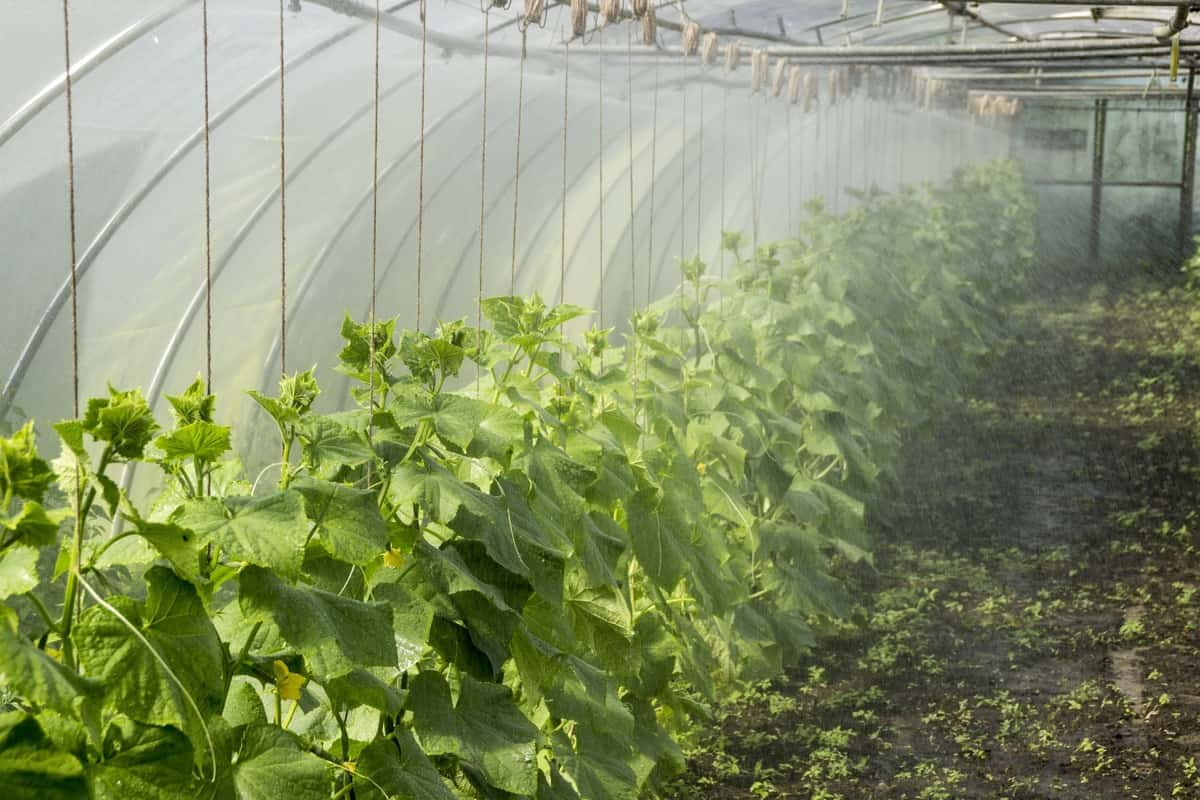
Crops are grown under greenhouses in Denmark
Today, there are approximately 1,200 greenhouse farms in Denmark. These farms produce a variety of crops, including tomatoes, cucumbers, peppers, eggplants, and flowers. Greenhouse farming accounts for about 10 percent of the country’s total agricultural output. Denmark is one of the world’s leading producers of tomatoes, with an annual production of around 80,000 tonnes. In Denmark, greenhouse farming is a big business.
The country has more than 1,000 hectares of greenhouses, producing around 1.5 million tonnes of vegetables and fruit yearly. Danish farmers have developed innovative techniques for growing crops in greenhouses. For example, they use specialized lights to mimic the sunlight that plants need for photosynthesis. This allows them to grow crops year-round, even in the middle of winter.
Danish greenhouses are also equipped with state-of-the-art ventilation and irrigation systems. These systems help to keep the plants healthy and prevent diseases. The Danish government provides financial support for farmers who want to set up greenhouses. This support has helped make Denmark a leading producer of greenhouse vegetables in Europe. Denmark exports more than half of the greenhouse vegetables it produces.
How to start your greenhouse farm in Denmark?
It is important to research the market in your area to see if there is a demand for greenhouse-grown produce. Next, you must obtain your local government’s proper permits and licenses. Finally, once you have taken care of the legalities, you will need to purchase or build a greenhouse and stock it with the necessary supplies. If you are planning on growing plants year-round, then it is important to choose a location that receives enough sunlight.
You will also need to install a heating and cooling system to control the temperature inside the greenhouse. After everything is set up, you can start planting. Greenhouse farming can be an enriching experience, both financially and personally. With careful planning and the time to research, you can create a successful business that provides healthy food for your community.
Top states for greenhouse farming in Denmark
Most Danish greenhouse operations are located in the Jutland peninsula, with a smaller number in the Zealand region. The climate in Denmark is well suited for greenhouse production, with cool summers and mild winters. The top states for greenhouse farming in Denmark:
- Jutland
- Zealand
- Funen
- Bornholm
- Lolland-Falster
In case you missed it: Key Rules to Improve Feed Conversion Ratio (FCR) in Pigs: For Better Profits in Pig Farming
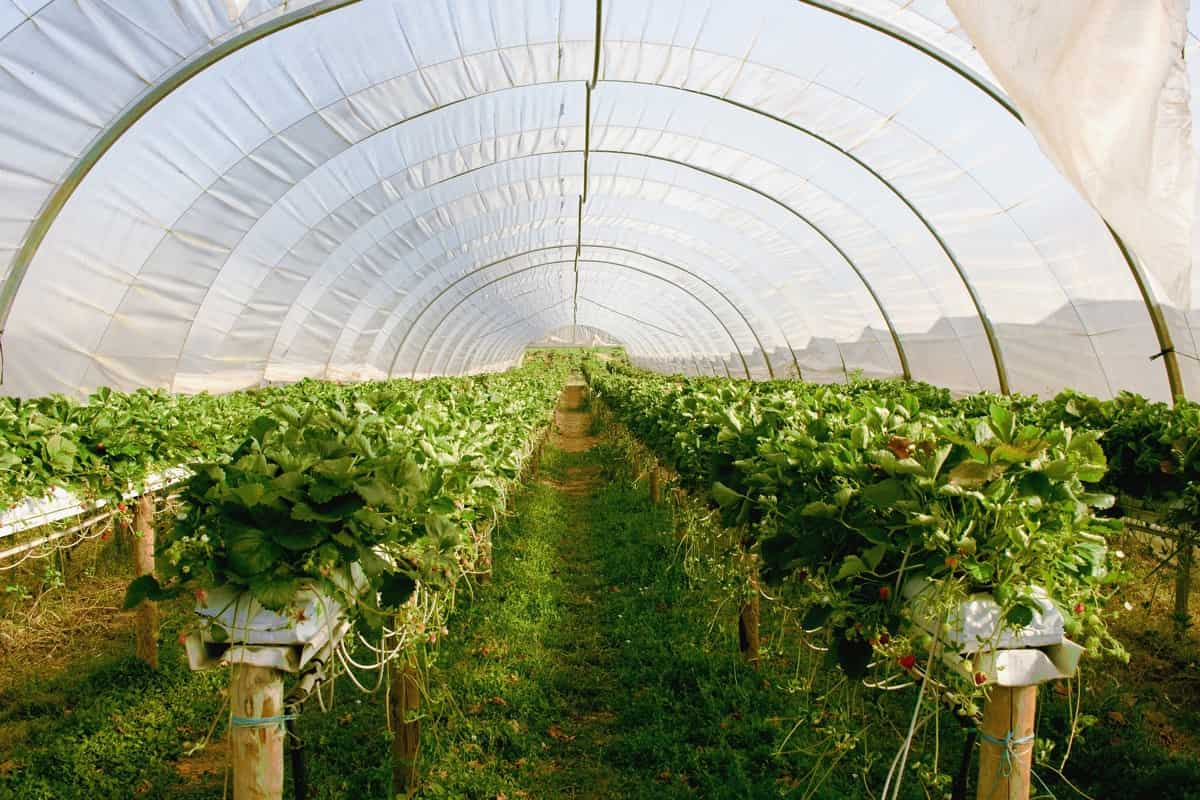
Is greenhouse farming profitable in Denmark?
Greenhouse farming is a type of agriculture where crops are grown in greenhouses. These structures can be made of various materials, such as glass, plastic, or metal, allowing farmers to control the environment in which their plants grow. This includes temperature, humidity, and exposure to pests and diseases.
Greenhouse farming can be very beneficial for farmers in Denmark. The Danish climate is well-suited for greenhouse farming, and the country has a long history of successful agriculture. Danish farmers have been using greenhouses for centuries to protect their crops from the cold weather. Today, greenhouse farming in Denmark is big business, and the country is home to some of the world’s largest and most advanced greenhouses.
Starting a greenhouse farming business plan in Denmark
- Before you do anything else, you must take the time to do your research on greenhouse farming. This will help you understand the market, the competition, and what it takes to be successful.
- Once you have researched, it is time to start developing your business plan. This document should outline your new business’s goals, strategies, and financial projections.
- Choosing the right location for your greenhouse is critical for success. It would help if you found a spot with plenty of sunlight and good soil conditions. Make sure it has plenty of sunlight and is near a water source.
- Many different types of greenhouses are available on the market, so you must choose the best suited for your needs. Consider factors such as climate control, size, and cost when deciding.
- To grow healthy plants, you need to invest in high-quality equipment for your greenhouse. This includes watering systems, lights, fans, and ventilation systems.
- Decide what type of greenhouse you want to build. There are many different types of greenhouses, so do your research to find the best option for your needs.
- Choose the suitable crops to grow in your greenhouse. Consider what type of climate you have and what crops will do well in that environment.
- Get the necessary permits and licenses from the Danish government.
- Create a detailed business plan, including financial projections and marketing strategies.
- Raise capital to finance your venture. This can be through loans, grants, or private investors.
- Build your greenhouse according to your plans and specifications. Hire a qualified contractor to help with this process if needed.
- The Danish government provides significant financial support to the greenhouse sector through direct subsidies and tax breaks. This makes it easier for farmers to invest in new technology and infrastructure, boosting productivity and efficiency.
Greenhouse farming set up cost in Denmark Kr
The average cost of setting up a greenhouse in Denmark is around Kr. 10,000. This includes the material cost, labor, and permits. The average size of a greenhouse in Denmark is 500 square meters.
In case you missed it: How to Start Green Apple Farming in India: A Production Guide to Planting to Harvesting
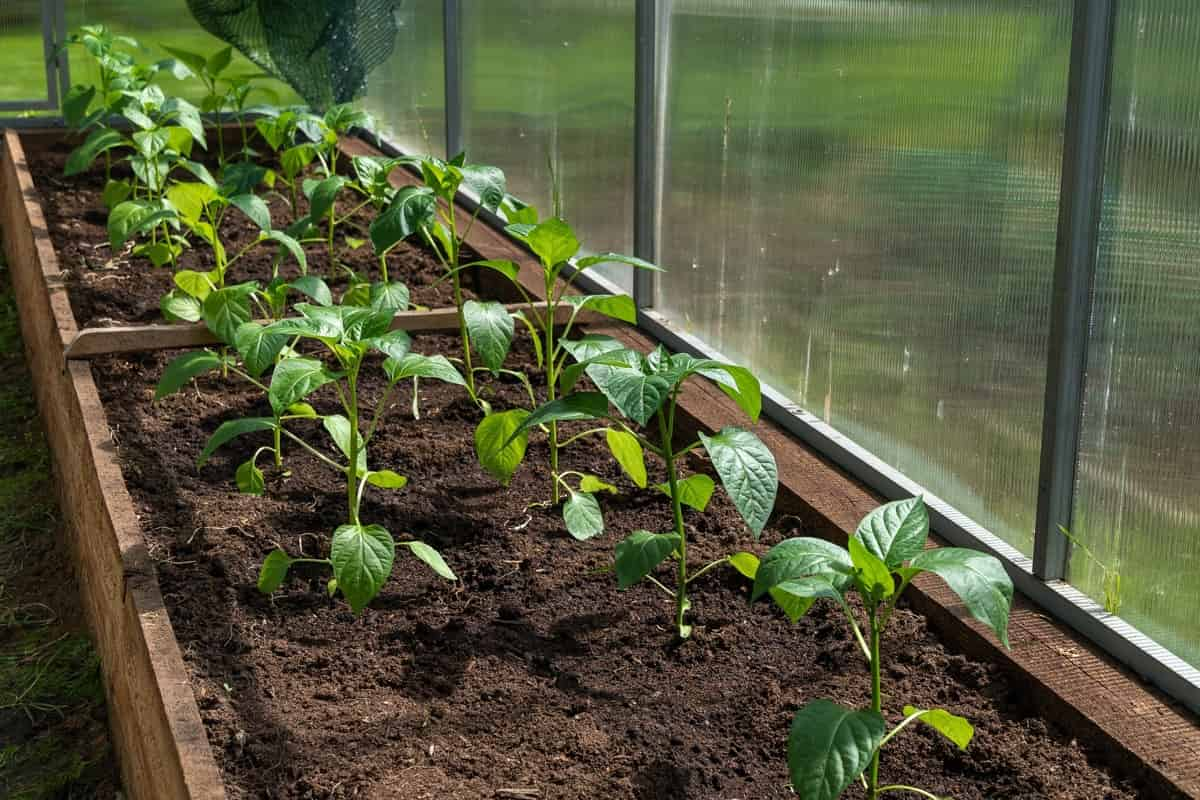
Key rules to start greenhouse farming in Denmark
- Research the Danish market and understand what consumers are looking for.
- Create a detailed business plan outlining your goals, strategies, and financial projections.
- Secure the necessary financing to get your business up and running.
- Find the right location for your greenhouse operation.
- Create a marketing plan to promote your business and attract customers.
Greenhouse farming problems in Denmark
Greenhouse farming in Denmark has been associated with several problems, including water shortages, crop failures, and insect infestations.
- Denmark’s greenhouse farmers have been facing increasing difficulties due to water shortages in recent years. The country has been experiencing drought conditions for several years, leading to a decrease in water availability for irrigation.
- Crop failures are another problem that Danish greenhouse farmers have been struggling with in recent years. This is partly because crops are grown in close proximity to one another, making them more susceptible to diseases and pests. In addition, the warm conditions in greenhouses can cause some crops to mature prematurely, which reduces their quality.
- Finally, insect infestations have become a major problem for Danish greenhouse farmers in recent years. This is because the warm conditions inside greenhouses provide an ideal environment for many insects to thrive. As a result, insects can damage crops and spread diseases, leading to significant losses for farmers.
Greenhouse loans and subsidies in Denmark
The Danish government provides significant support for the country’s greenhouse industry. This includes financial incentives and research and development funding. As a result, Danish growers can stay at the forefront of innovation in greenhouse production. The Danish government supports farmers who want to switch to greenhouse farming and offers several loans and subsidies to make the transition easier.
One of the most popular programs is the Greenhouse Transition Loan, which offers up to 2 million kr. at a low-interest rate to help farmers cover the costs of converting their farms to greenhouses. The government also offers a subsidy of 30% for the construction of new greenhouses and 20% for the expansion or renovation of existing ones.
These programs have successfully encouraged more farmers to switch to greenhouse farming. As a result, Denmark now has one of the highest concentrations of greenhouses in Europe. Greenhouse farming is more environmentally friendly than traditional agriculture and allows farmers to grow crops year-round, which is important in a country with long winters like Denmark.
In case you missed it: Key Rules to Improve Feed Conversion Ratio (FCR) in Fish: For Better Profits in Fish Cultivation
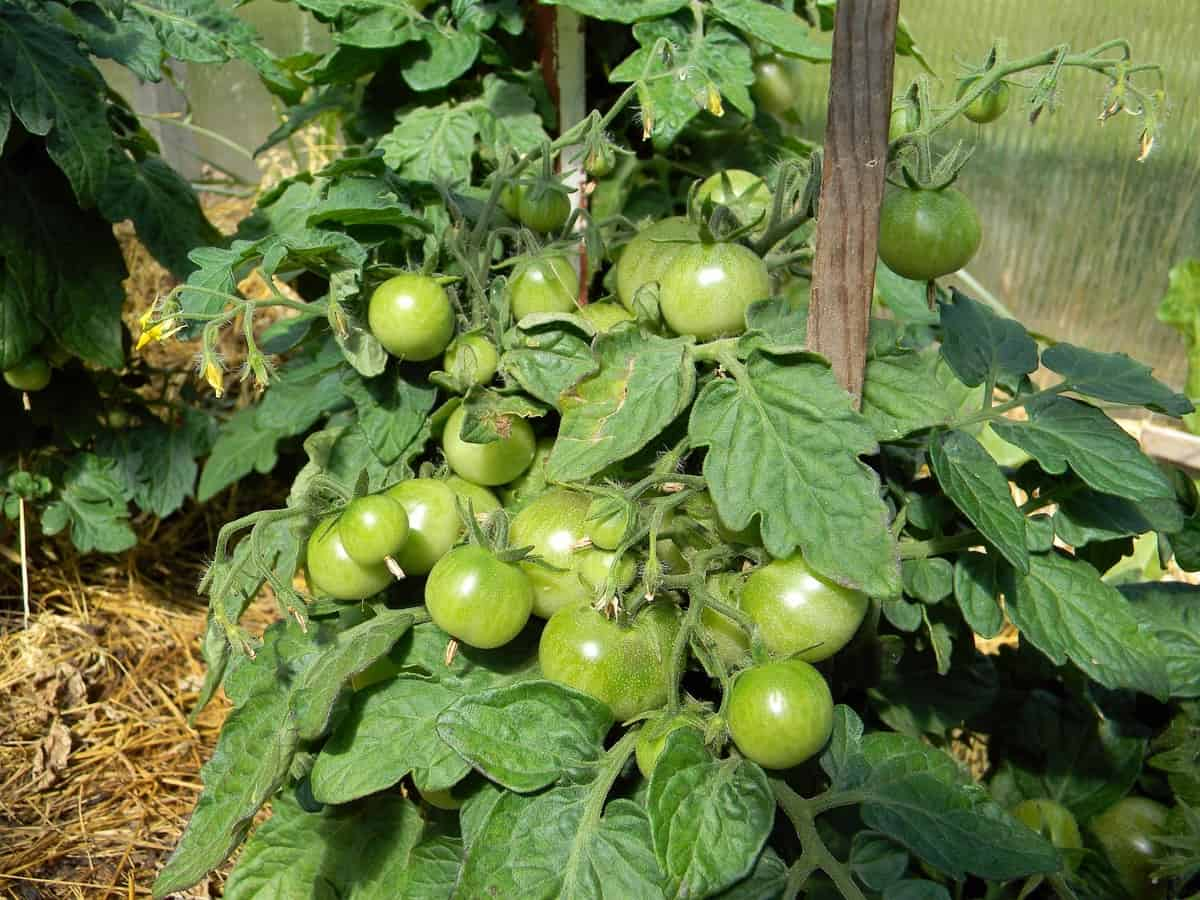
Challenges faced by greenhouse farmers in Denmark
Greenhouse farming in Denmark presents many challenges, from the high cost of land and energy to the difficult climate. However, these challenges can be overcome with careful planning and innovative thinking. One of the biggest challenges facing Denmark greenhouse farmers is the high land cost. Greenhouses require a lot of space, and land prices in Denmark are some of the highest in Europe. This makes it difficult for farmers to expand their operations or build new greenhouses.
Additionally, the cost of energy is also very high in Denmark. As a result, heating a greenhouse can be a significant expense, particularly during the winter months. Another challenge facing Danish greenhouse farmers is the climate. The weather in Denmark can be very unpredictable, and extreme weather conditions can damage crops or even destroy entire greenhouses. Therefore, farmers must be prepared for everything from early frosts to late snowstorms.
Despite these challenges, there are many opportunities for successful greenhouse farming in Denmark. With careful planning and innovative thinking, farmers can overcome these obstacles and produce healthy crops year-round. It can be a very profitable endeavor for Danish farmers. The ability to extend the growing season and produce higher yearly yields makes greenhouse farming an attractive option for many farmers. With proper management and care, greenhouses can provide Danish farmers with a reliable source of income for years to come.
The future of greenhouse farming in Denmark
The future of greenhouse farming in Denmark is looking bright. The Danish government is supportive of the industry and is investing in research and development to make it more efficient and sustainable. As a result, greenhouse farmers are continuously innovating and finding new ways to reduce their environmental impact.
In the future, Danish greenhouses will continue to produce high-quality fruits and vegetables year-round while using less water, energy, and land. As a result, the industry will continue to create jobs and support the country’s economy.
In case you missed it: Growing Moringa Organically in Tamilnadu: Cultivation Practices and Production Management
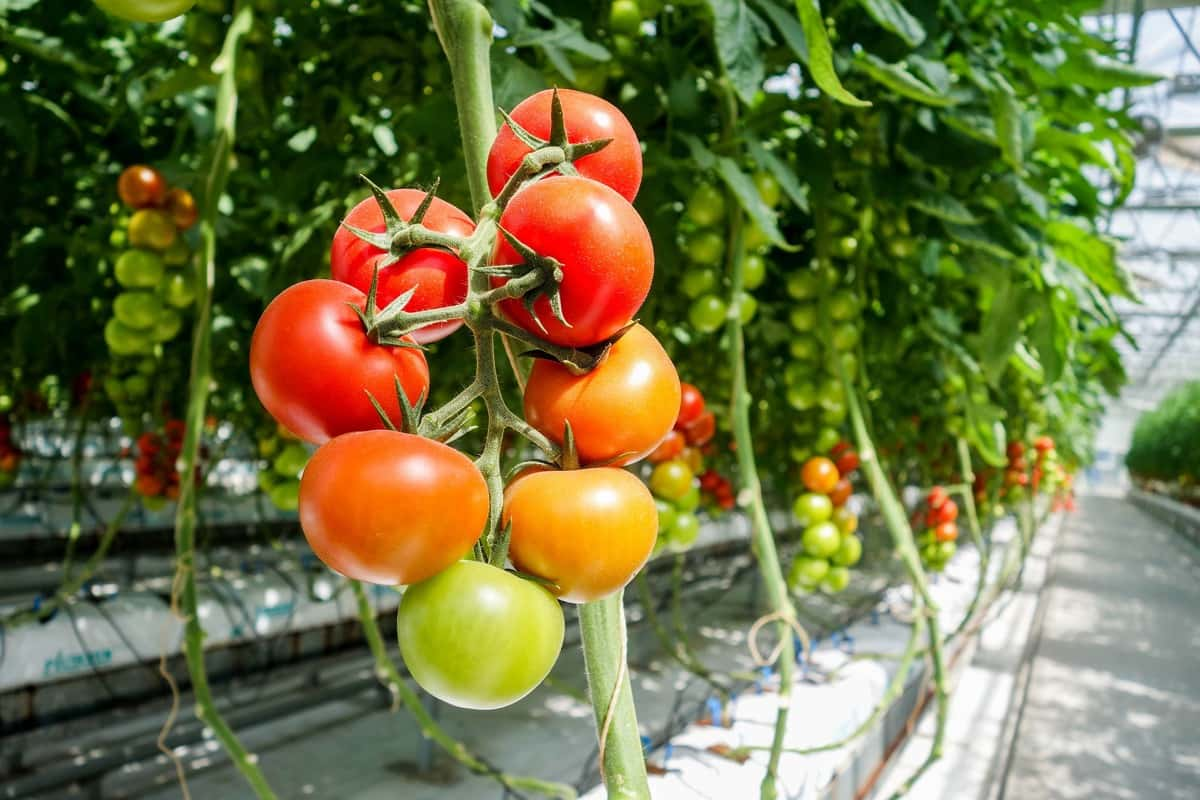
Conclusion
Greenhouse farming in Denmark is a rapidly growing industry. Denmark has become a world leader in greenhouse farming, with a climate perfect for greenhouse production and a strong commitment to sustainable agriculture. Denmark already has several successful greenhouse farms producing various fruits and vegetables. The future of greenhouse farming in Denmark looks bright, with continued growth and innovation.
- Goat Farming Training Programs in India: A Beginner’s Guide
- Types of Pesticides Used in Agriculture: A Beginner’s Guide
- Economical Aquaculture: A Guide to Low-Budget Fish Farming
- 15 Common Planting Errors That Can Doom Your Fruit Trees
- How to Make Houseplants Bushy: Effective Tips and Ideas
- Innovative Strategies for Boosting Coconut Pollination and Yield
- Pollination Strategies for Maximum Pumpkin Yield
- The Complete Guide to Chicken Fattening: Strategies for Maximum Growth
- Natural Solutions for Tulip Problems: 100% Effective Remedies for Leaf and Bulb-Related Issues
- Revolutionizing Citrus Preservation: Towards a Healthier, Greener Future
- Natural Solutions for Peony Leaf and Flower Problems: 100% Effective Remedies
- Maximizing Profits with Avocado Contract Farming in India: A Comprehensive Guide
- Natural Solutions for Hydrangea Problems: 100% Effective Remedies for Leaf and Flowers
- The Ultimate Guide to Choosing the Perfect Foliage Friend: Bringing Life Indoors
- From Sunlight to Sustainability: 15 Ways to Use Solar Technology in Agriculture
- The Ultimate Guide to Dong Tao Chicken: Exploring from History to Raising
- The Eco-Friendly Makeover: How to Convert Your Unused Swimming Pool into a Fish Pond
- Mastering the Art of Delaware Chicken Farming: Essentials for Healthy Backyard Flocks
- 20 Best Homemade Fertilizers for Money Plant: DIY Recipes and Application Methods
- How to Craft a Comprehensive Free-Range Chicken Farming Business Plan
- Brighten Your Flock: Raising Easter Egger Chickens for Beauty and Bounty
- How to Optimize Your Poultry Egg Farm Business Plan with These Strategies
- Subsidy for Spirulina Cultivation: How Indian Government Schemes Encouraging Spirulina Farmers
- Ultimate Guide to Raising Dominique Chickens: Breeding, Feeding, Egg-Production, and Care
- Mastering the Art of Raising Jersey Giant Chickens: Care, Feeding, and More
- Ultimate Guide to Raising Legbar Chickens: Breeding, Farming Practices, Diet, Egg-Production
- How to Raise Welsummer Chickens: A Comprehensive Guide for Beginners
- How to Protect Indoor Plants in Winter: A Comprehensive Guide
- Ultimate Guide to Grow Bag Gardening: Tips, Tricks, and Planting Ideas for Urban Gardeners
- Guide to Lotus Cultivation: How to Propagate, Plant, Grow, Care, Cost, and Profit
- Agriculture Drone Subsidy Scheme: Government Kisan Subsidy, License, and How to Apply Online
- Ultimate Guide to Raising Araucana Chickens: Breed Profile, Farming Economics, Diet, and Care
- Bringing Hydroponics to Classroom: Importance, Benefits of Learning for School Students
- Ultimate Guide to Raising Polish Chickens: Breed Profile, Farming Economics, Diet, and Care
- Ultimate Guide to Raising Australorp Chickens: Profile, Farming Economics, Egg Production, Diet, and Care
- Silkie Chicken Farming: Raising Practices, Varieties, Egg Production, Diet, and Care